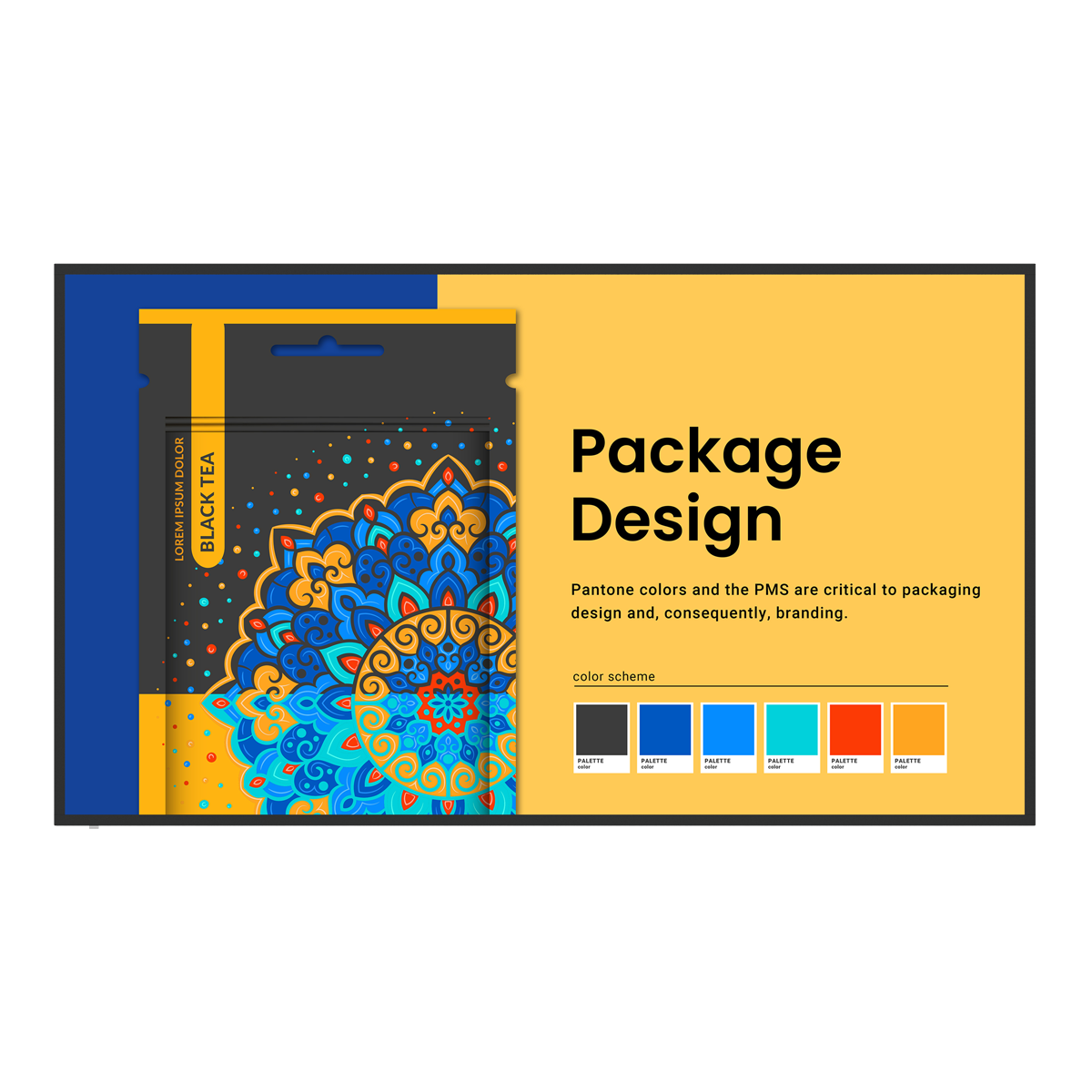Introduction
We recently sat down with Chris Bai, BenQ’s Senior Colour Expert to talk about the importance of colour and the development of our different colour technologies.
Chris has PhD in Colour Science and is one of the chief ISO experts for the graphic arts industry. He is currently the Vice Chair of the Display Working Group of the International Colour Consortium (or the ICC).
What are your responsibilities as the vice chair of the ICC?
Basically, the ICC develops colour standards for all industries. We meet three times a year to discuss a lot of colour problems that we encounter every day. For example, why the colours of printouts don't match the colours shown on displays, or why one display renders colours differently compared to other displays. We try to develop solutions to tackle these kinds of problems using ICC profiles. We talk to a lot of different manufacturers and companies to let everybody agree on solutions.
As the vice chair of the display working group, I make sure that the latest colour trends in display technologies are incorporated into current colour standards and then make sure that all those standards work with all industry partners.
Can you tell us what drew you into colour science?
This is a very interesting question. I’ll say it was photography, more specifically digital photography. When I first bought a DSLR—it was almost 20 years ago—I was really naïve. I thought all the colours would be the same no matter where it was reproduced. When I shot photos and looked at the camera’s monitor, what I got to see was one kind of colour. But when I transferred the image files and looked at them on my computer monitor, they were very different. And then when I printed them out, it was a totally different story. I wondered… They should be the same, right?
And then I did a lot of research. But at that time, there weren’t a lot of resources about digital colour. One particular term that always popped up was “colour science”. I figured that colour science may be the answer to this whole problem, so then I devoted myself to this field of study and earned myself a PhD.
What does it take to become a colour expert? Do you need any specific certification?
I wouldn’t say certification, but first, you have to have normal colour vision. If you have any kind of colour deficiency, it will impair your judgment, so normal colour vision is a must for experts. Then you have to go through a lot of training for your sense of colour sensitivity. We need to do a lot of colour comparison to judge which hue of colour this is, what's the difference between this colour and that. Can you tell even if it’s a very minute difference? We went through a lot of these kinds of training.
So why is colour so important?
Colour can tell us a lot of information. It can tell us if food is safe to eat or not. It can tell us if fruit is ripe or unripe. It can also tell us a lot about someone’s personality, from the colour of clothes he or she is wearing.
It’s also very important in different fields of applications. For example, in shops, you need bright and contrasting lighting to show off the colour of your merchandise. This way, people will be more likely to buy the merchandise you're showing off. Or in some cases, like in meetings, if the content of your slides is more vibrant and has more saturated colours, then people are more likely to be drawn to your presentation. They won’t fall asleep. They'll be more excited and be more likely to pay attention to your speech.
And I want to add, when you’re presenting coloured content, it has to be delivered on a display which can show off colours accurately. Because no matter if you have really good colours in your content, if your display can’t reproduce them accurately, then it defeats the purpose.
People may not know this, but we actually have a colour technology lab at BenQ. Can you tell us what you do in the lab?
Yes, we do have a colour technology lab at the BenQ headquarters, and this really sets us apart from other brands because we focus on colour technology… We do a lot of research in colour science. So, for example, we look into different colour combinations and see how they’re received by different genders or different regions.
Our lab is basically a huge dark room. It’s a good place to test what works under different illuminations so it lets us calibrate colours more accurately. We calibrate the colour settings of monitors, displays, projectors... We find ways to integrate our product lines together. For example, we match the colour between projectors and displays… We basically do things like that.
What considerations go into designing the colour settings for BenQ solutions?
When we design the colour settings for the displays, we do a lot of testing. So, for example, when we decide what we would like to have for a particular setting, we try to break it down into parameters. We formulate it and then test it with a small test group. If they are satisfied, the setting gets released.
And then we collect the feedback from the customers. We see if they like it, what kind of features they like... If there's something that we need to improve, then we apply the changes to the next version. So this is an ongoing process.
Speaking of colour settings, one of the key colour modes we have for the SL series—which we also integrated into X-Sign Designer and some of our monitors—is the Pantone® colour mode. What is the significance of Pantone in the industry?
Pantone is a big deal for designers because it's a colour communication tool. Think of it as a deck of colour swatches that designers use to communicate worldwide… There's a number associated with each colour so it’s easier for them to know which one they're referring to.
The deck of colour I'm talking about is normally a physical copy. It's on paper or on plastic or on fabric. It's hard to carry around. But everything right now is digital, so our Pantone mode is designed specifically for everything displayed on screen. Pantone mode can display all the Pantone colours very accurately.
When we say Pantone colour mode, do we mean we’re only using the colours found on Pantone swatches?
When validating colours for the display, we need reference colour values. And the Pantone colour swatches, those are known values. We base the Pantone colour mode on those swatches and use those to validate the accuracy of this colour mode. But it doesn’t mean the colour range is limited. The mode can also display other colours as well. We just use Pantone colour swatches as a reference so we can be confident to say that the colours are represented very nicely and very accurately.
We also have the M-Book mode, which stands for MacBook. Why is it so important for us to have this mode?
We understand that a lot of designers are using MacBook, and MacBook has its own colour profile. And… This is actually from our customer feedback… Our customers wanted to have their MacBook—which is a small 12- to 15-inch screen—extended to a much larger display. So that's why we had this idea to simulate the same colours on the MacBook on the SL. This gives them a larger viewing area so they can work more efficiently. This is what we call extending the workspace. We can have consistent colour across both screens.
We also have the other two modes: Cinema and Photo mode. What is the main difference of these modes to the default colour mode of our BenQ displays?
The Photo mode is designed for viewing still images, and Cinema mode is designed for moving content. We designed the Photo mode to have a little bit more saturated colour. But we do so in a way that it still gives you something natural, so it's not overly saturated like cartoon colours. For Cinema mode, the images are moving, so we try to avoid having jittering or other unsmooth moving artefacts.
To close things off, can you tell us about what we can expect from the BenQ colour team in the future?
Yes. As a matter of fact, we finished two very interesting projects. One involves the conference cameras (DVY31 and DVY32) and the other is for the video bar (VC01A). For these two projects, we did a lot of colour adjustments.
We solved the common pain point of cameras not being able to reproduce colours very faithfully. Many conference cameras today don’t really have a good reproduction of skin tone. They often have this yellowish or greenish tint to them. They don't look good. We solved this using our colour adjustment techniques.
If you have a chance, you definitely need to check out these products, and you'll find a great improvement in their range of colours. I think that's all I can say for now.
Portions of this interview have been edited for brevity and clarity.









